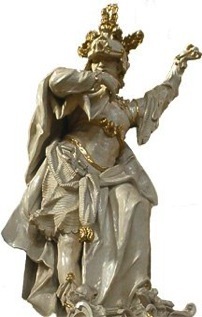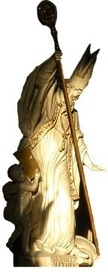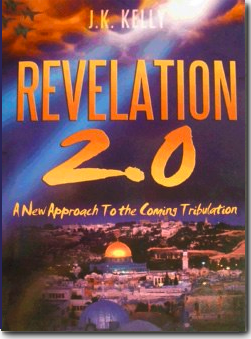
Since God’s salvation plan started long before the New Testament age, it is to the Old Testament that we can turn to discover its foundations, particularly the salvation covenants. Since Revelation describes the final harvest of the earth, our attention is also drawn to the Old Covenant harvest festivals, or feasts of the Lord. In addition to expressing the themes of the seven salvation covenants, the feasts are spiritual types of Christ’s completed and ongoing work of redemption, which is the subject of John’s apocalypse. Because of this foundational nature of the feasts of the Lord, understanding their themes opens the door to comprehending the organization of the book of Revelation.


With this knowledge, the feasts of the Lord and their themes can readily be perceived in the narrative of the book of Revelation. The introduction of the Lamb of God in Revelation 5 is an obvious example. As the sacrificial Passover Lamb, Jesus is introduced as the protagonist of the story. Even his qualifications as Kinsman Redeemer are furnished: he is kinsman to Adam through Judah, the Redeemer who paid
the purchase price for mankind with his own blood. These qualifications make him worthy to open the scroll, enabling the redemption narrative to proceed to its climax in the
battle between good and evil.
As the themes of the feasts of the Lord provide the underlying framework of Revelation, the elements of Greek drama contribute to an understanding of its timeline. This is essential in any dramatic work of this magnitude, weaving different threads of the story together as it progresses towards its inevitable conclusion. This is accomplished through the use of dramatic devices that provide chronological perspective.
Revelation 14 is one such example of dramatic context that provides perspective to the story. Anyone familiar with Greek drama understands the functions of the three fates, who always related past, present, and future events to the audience. The three angels of Revelation 14 fulfill a similar function. Another easily recognized dramatic tool is the use of the chorus to introduce the main character and comment on unfolding events, in this case providing justification for God’s judgments.
Kinsman Redeemer
The Old Covenant codified the long-standing practice of redemption, which was applied when someone was working as a servant for another, having fallen into debt. A relative could pay off this debt, in effect ‘purchasing’ or redeeming his kinsman from bondage. Only two requirements had to be met: This could only be done by a relative, or ‘kinsman,’ and the cost of the debt had to be paid in full. In Revelation chapter 5, the Lamb of God proves he has met both requirements of a kinsman redeemer, enabling him to open the mortgage deed to the earth.







































The Revelation of Jesus Christ is not just the last book of the New Testament; it is the last book of the Bible, the final chapter in God’s plan of salvation. It does not therefore belong just to Christians, but to the Jews as well, though they are not yet aware of it. This common error has led to the numerous conflicting and narrow interpretations of the book of Revelation we have today. It is only when we examine John’s Apocalypse in this larger context that we can begin to understand it.
Copyright 2011

The Four Horsemen












The four horsemen of the apocalypse are generally believed to be an end times’ judgment, partly because the angel tells John he will be seeing “what must take place after this.” However, some of what John sees in heaven is historical and spiritual background of unfolding events, and this includes the four horsemen. While this may appear to be a radical idea, a careful study of the underlying theme of the feast of Unleavened Bread makes it a logical one. Each of the first six seals represents a millennium, and explains how the leaven of sin spread across the face of the earth. The four horsemen represent Old Testament history, from Adam to the rise of world empires that prepared the way for the spread of the Gospel to the Gentile world.

Articles









